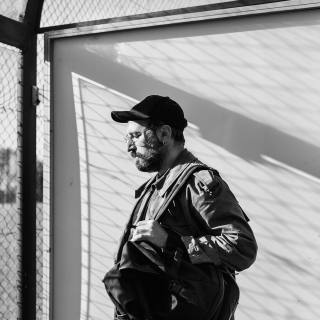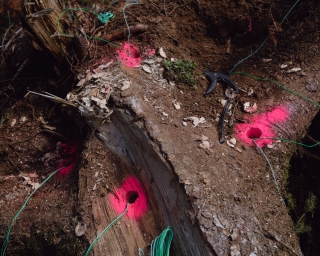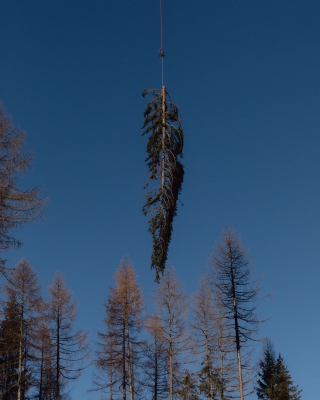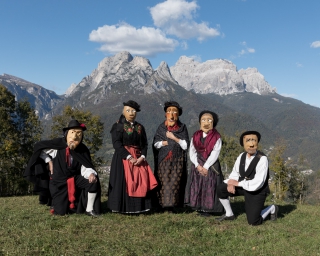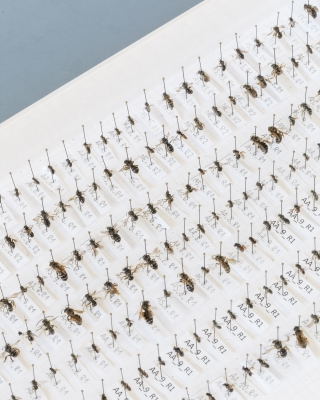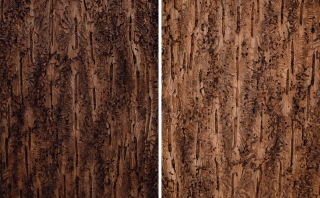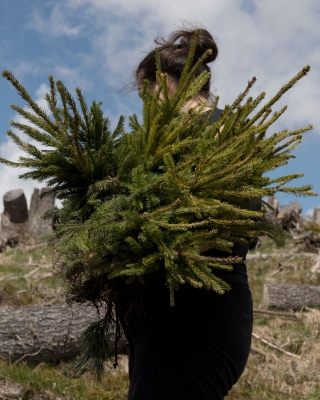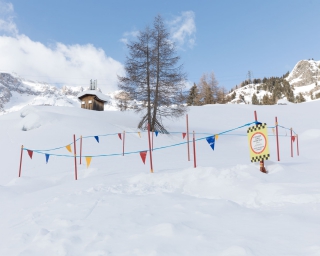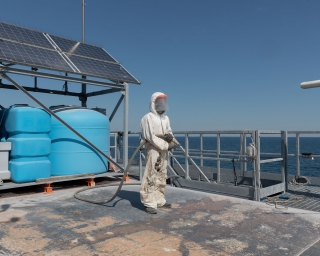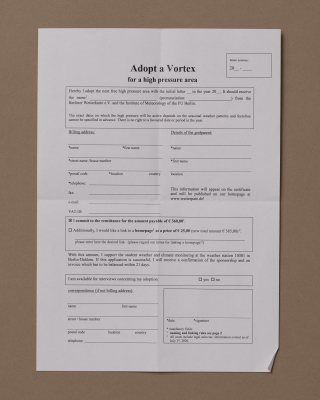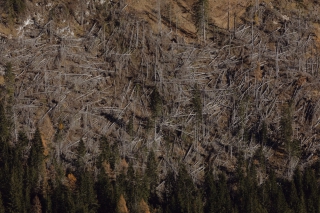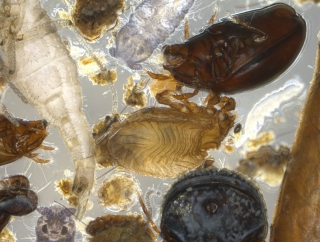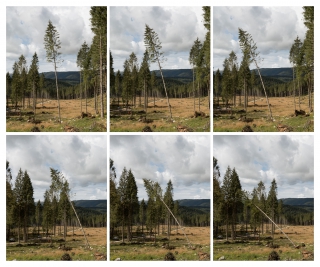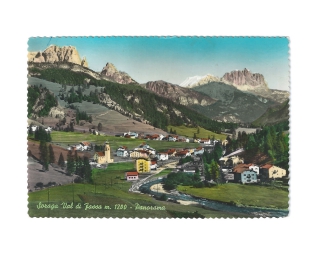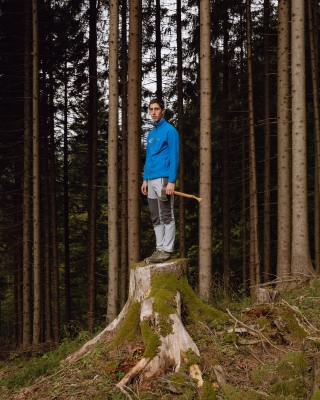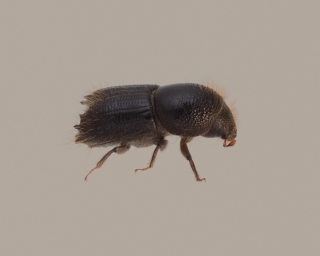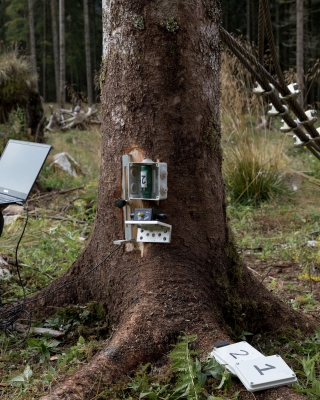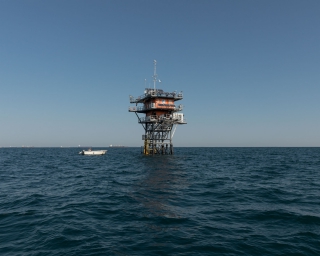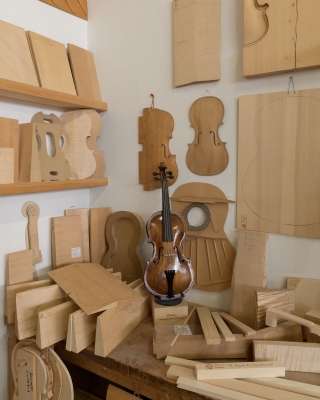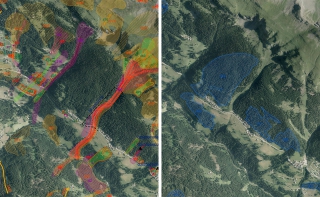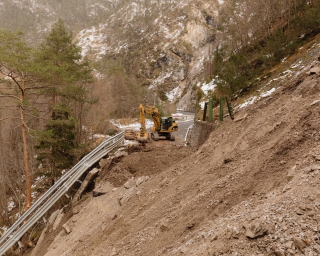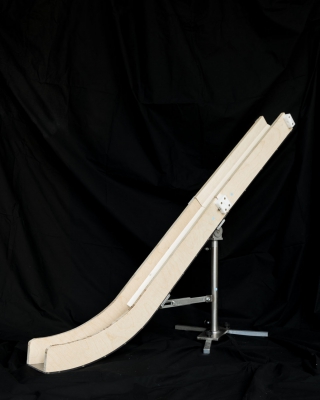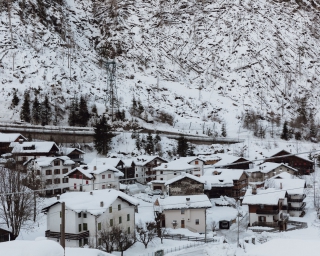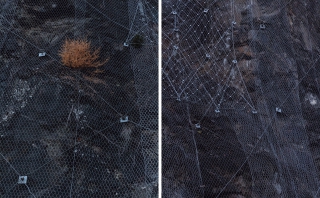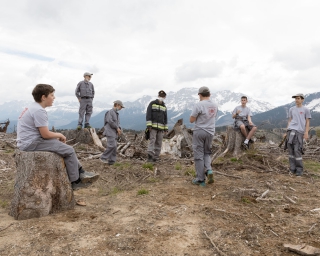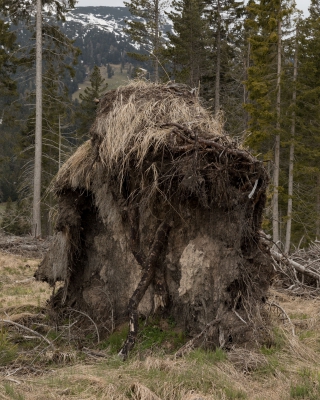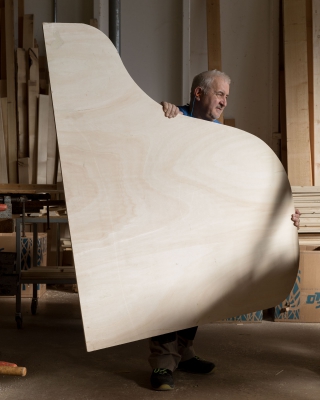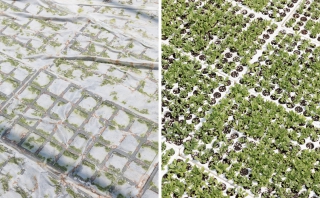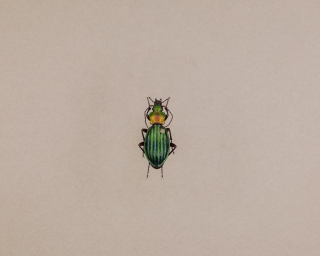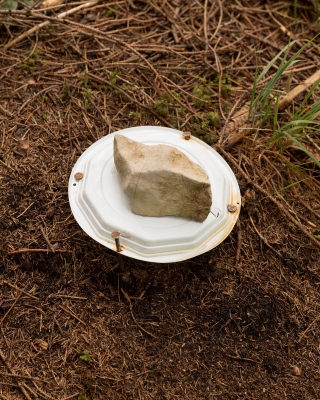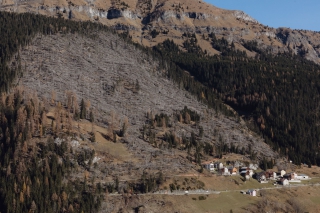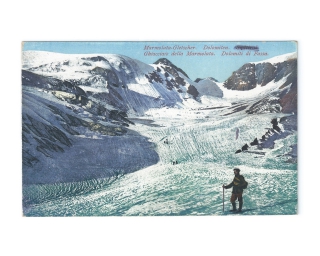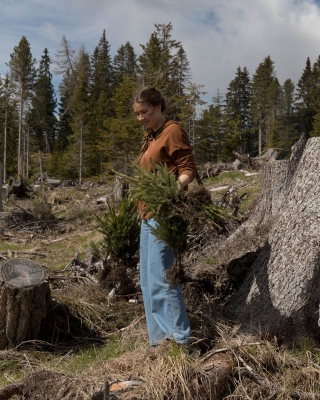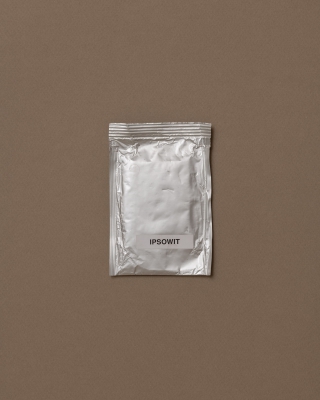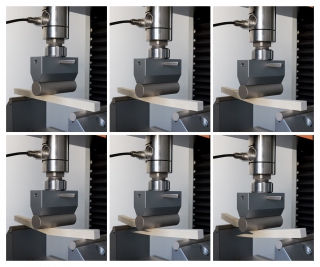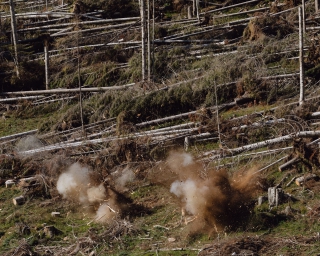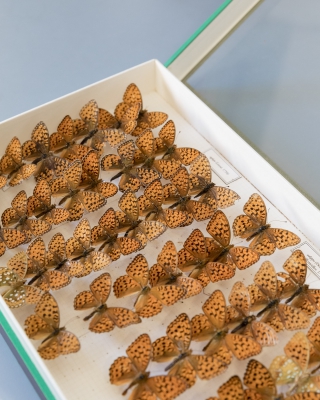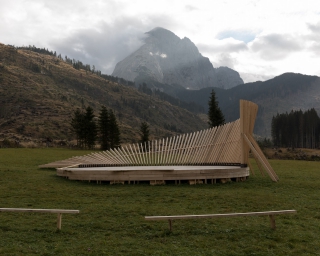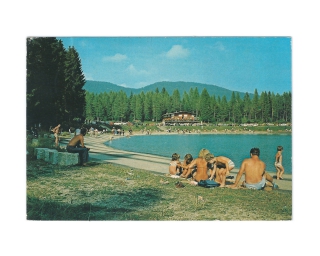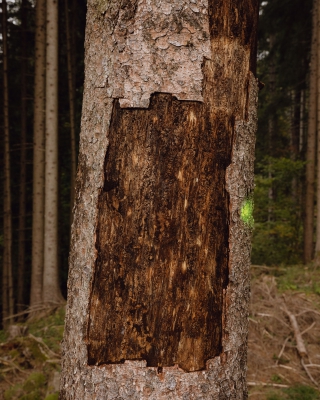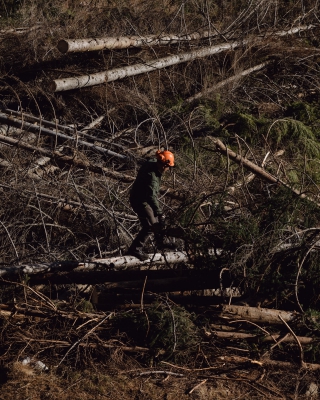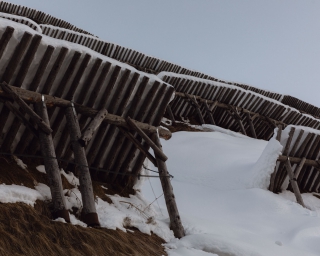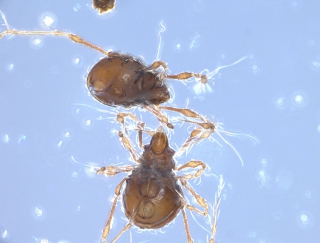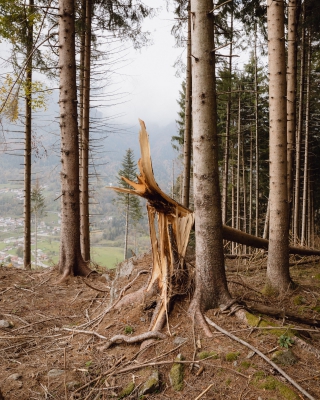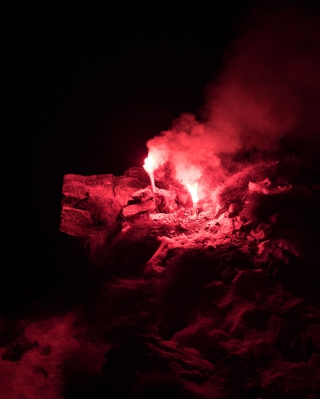ISPA WINNERS 2021
GRANT
WINNER
Matteo de Mayda
THERE IS NO CALM AFTER THE STORM
An extreme weather event hit Italy between 26 and 30 October 2018, devastating parts of Trentino, Veneto and Friuli-Venezia Giulia. During the night of 29 October in particular, in a number of valleys in the Dolomites and the Venetian Prealps, the incessant rain had rivers bursting their banks and the 200 km/h (124 mph) sirocco winds brought around 14 million trees crashing to the ground: an event the likes of which Italy had never seen before. The following day, the people living in those valleys had just a few moments to observe their devastated landscape before rolling up their sleeves to repair the most obvious damage: damaged buildings, roofless houses, streets and squares strewn with earth, logs and mud, destabilised river beds, destroyed water mains, power and telephone lines lying prostrate on the ground. It's estimated that the storm, classified as a hurricane due to its strength, devastated around 42,500 hectares of forest (equivalent to 70,000 football pitches), and caused €3 Bn worth of damage.
Three years on and it's impossible to consider the emergency over, the consequences of Storm Vaia are still perfectly evident. Many trees are still lying on the ground, removing them is a complex operation that requires expertise and resources.
The European spruce bark beetle feeds on their wood, a parasitic beetle that has moved on and is now feeding on the trees that are still standing, causing six times the damage that was generated by the storm itself. Furthermore, fallen trees are no longer able to provide protection against landslides and avalanches, and the now unstable river beds are no longer able to channel and contain water. As if that wasn't enough, the local economy in these mountain communities has suffered incalculable damage: the price of wood has plummeted and many tourism related businesses have been temporarily closed.
Storms have always been a fact of life in these woodland areas, but there's no doubt that climate change is increasing their strength and frequency. The Mediterranean Sea's two-degree temperature increase certainly contributed to the intensity with which Vaia hit these areas. So, while the lives of those living in the storm affected areas slowly return to normal, each gust of wind brings with it an unsettling question: when will the next storm arrive and what will it leave in its wake?
By bringing together a mix of archival and reportage photos, satellite and microscope images, individual testimonies and scientific theories, this project aims to tell the story of the less visible causes and impacts of Storm Vaia. Set up after the emergency was over and developed over the course of three years, its primary objective is to study what actually happened, by taking the necessary time to consider the causes, responsibilities, consequences, opportunities and future prospects, whilst simultaneously raising awareness with respect to climate change.
Thanks to the grant he received from the 2021 edition of ISPA, the photographer Matteo de Mayda was able to spend 6 months focussing on the reaction of the communities affected by Storm Vaia: a series of solidarity initiatives set up by private individuals and business people who, in addition to supporting the local economy, are trying to mend both the past and the future, building a new community spirit on the remains of the storm.
In conducting his work the photographer also received collaborative assistance from the University of Padua's TESAF (Department of Land, Environment, Agriculture and Forestry) and DAFNAE (Department of Agronomy, Food, Natural Resources, Animals and Environment) and the National Research Council (CNR) in Bologna.
Biography
Matteo de Mayda (b. 1984, Italy) is a Venice-based photographer represented by Contrasto.
His visual research focuses on social and environmental causes. He participated in several
exhibitions, including the United Nations (Geneva, 2013), the Venice Biennale of
Architecture (Venice, 2016), Head On Photo Festival (Sidney, 2020), MUFOCO (Milan,
2021) and Triennale (Milan, 2021). In 2019 he published "Era Mare", a book about the high
water in Venice, whose proceeds went totally to the shopkeepers who needed help. In 2020
he was awarded among the winners of the "REFOCUS" call by MIBACT for his work on
Covid-19. In the same year he was selected by ARTRIBUNE magazine as the best young
Italian photographer of the year. His images have been featured in The New York Times,
The Guardian, The Washington Post, British Journal of Photography, Internazionale, Die
Zeit, National Geographic and Vogue.
